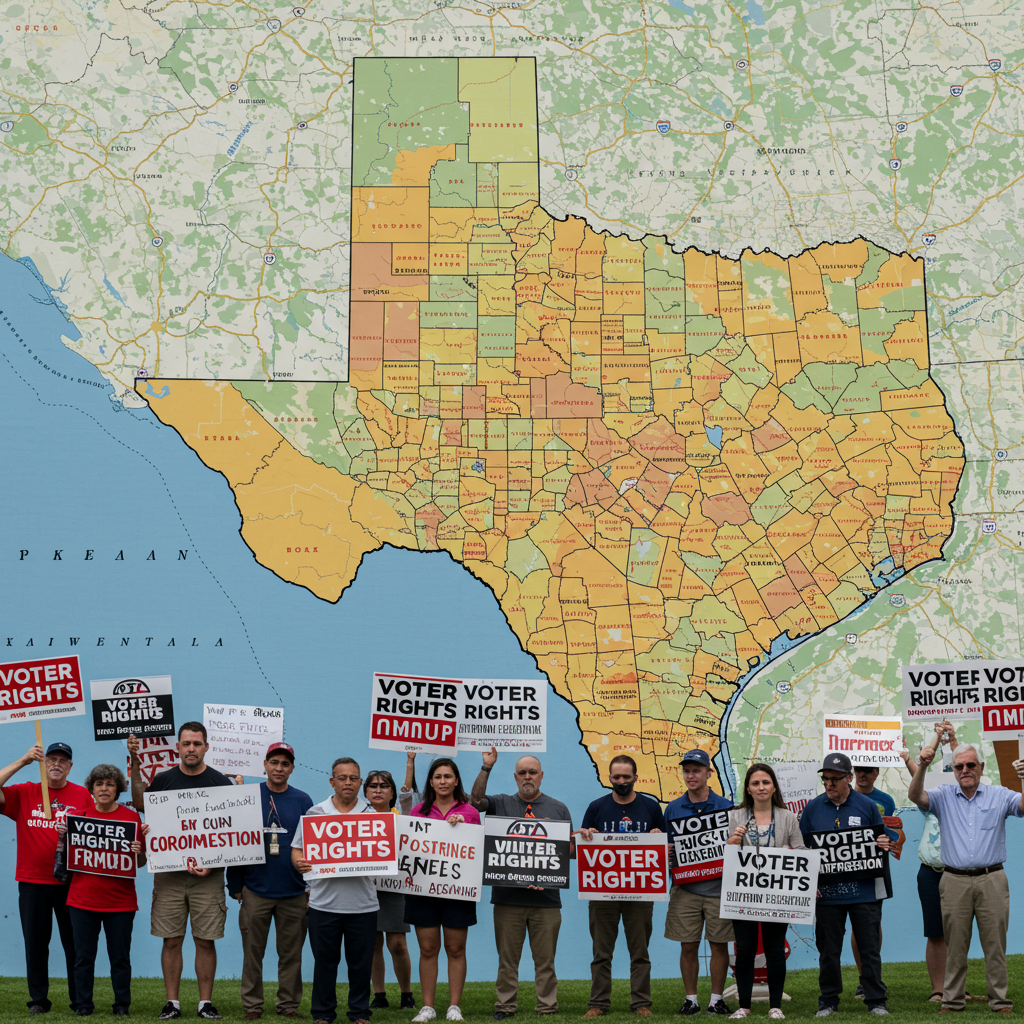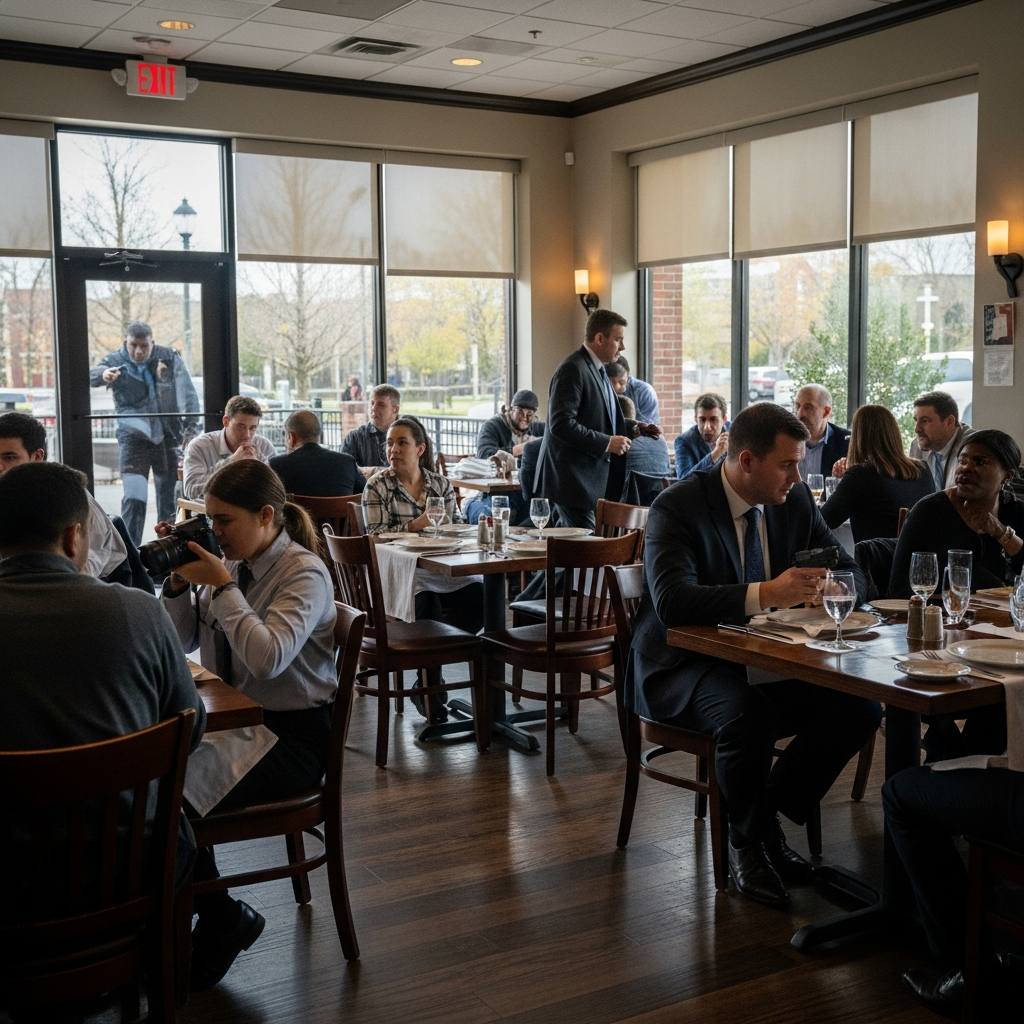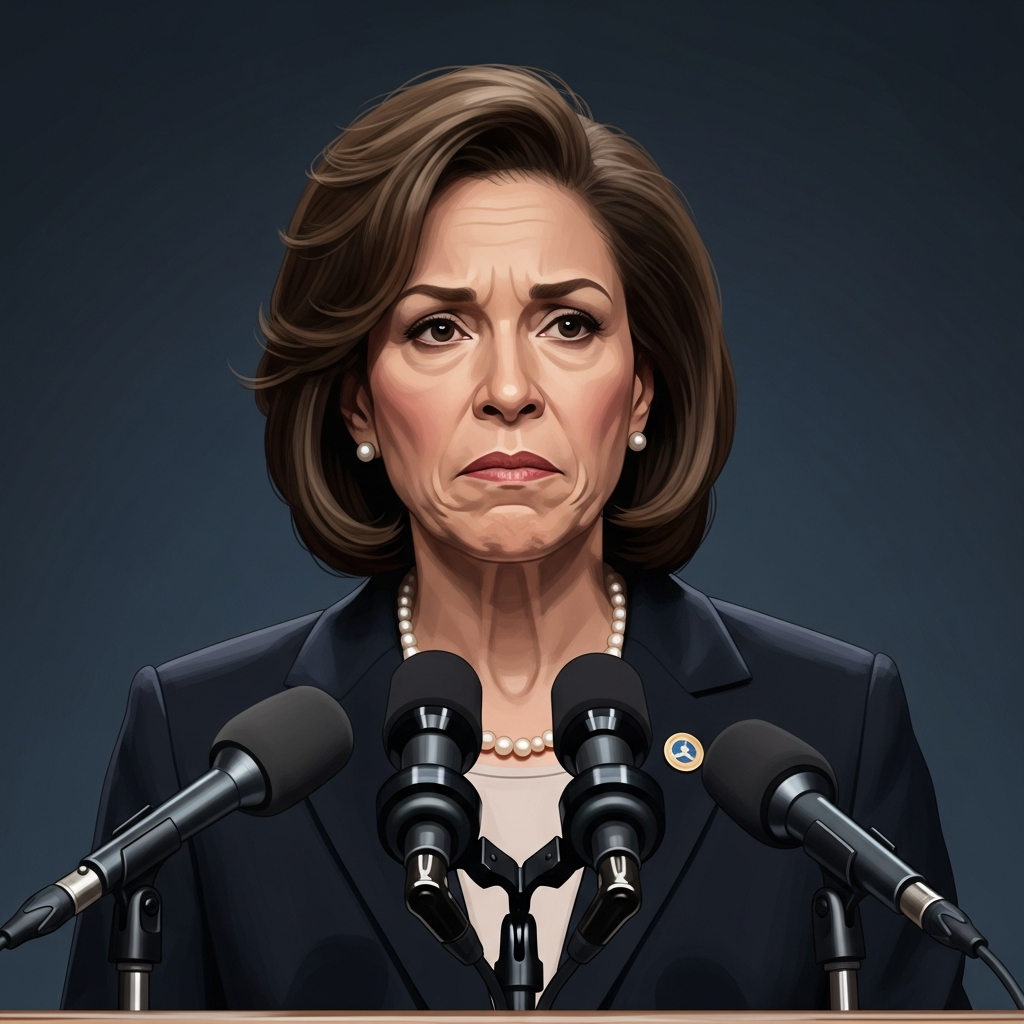Texas’s political landscape is bracing for a dramatic shift as a state House committee has approved a contentious new congressional redistricting map. This bold proposal explicitly aims to expand Republican control in the U.S. House, sparking immediate and intense protests from Democrats who contend it amounts to systematic voter suppression against communities of color. The advancement of this Texas redistricting plan sets the stage for a critical vote in the full state House, potentially reshaping the state’s electoral future for years to come.
Texas Redistricting: A Strategic Move to Cement GOP Power
The recently approved draft congressional map is an overt attempt by Texas Republicans to bolster their representation in the U.S. House. With a partisan vote of 12 to 6, the House redistricting committee greenlit the proposal. This move comes despite widespread public outcry and vocal opposition from U.S. House Democrats from Texas. State Representative Todd Hunter, a Corpus Christi Republican, openly acknowledged the map’s objective. He stated, “We have five new districts, and these five new districts are based on political performance.” This declaration signals a departure from previous justifications for electoral boundary adjustments. Republicans are making their political motivations explicit.
This aggressive gerrymandering effort follows direct pressure from former President Donald Trump’s political operatives. Their aim is to help Republicans maintain a crucial, albeit slim, House majority ahead of a potentially challenging midterm election cycle. The new map could increase the Republican share of Texas’s 38 House seats from the current 66% (25 seats) to a projected 79% (30 seats). Analysis suggests that if these lines had been in effect during the 2024 election, Trump would have carried each of the 30 targeted districts by at least a 10-percentage-point margin.
How the New Map Reshapes Texas Districts
The House redistricting committee unveiled its proposed revisions last Wednesday. The new map strategically carves up districts in Texas’s major urban centers. Key metropolitan areas like Houston, Austin, and Dallas are heavily impacted. Each of these traditionally Democratic-leaning strongholds would be divided among at least four congressional districts. Nearly all of these new configurations are designed to become Republican-majority.
Specific changes include:
Rio Grande Valley: Two seats, recently narrowly won by Democrats, are redrawn to be more Republican-leaning.
Austin and San Antonio Areas: The districts of Democratic incumbents U.S. Rep. Greg Casar and Lloyd Doggett are merged. This effectively collapses one Democratic-held seat. Rep. Doggett, dean of the Texas congressional delegation, condemned this as Trump “taking a hatchet” to his district.
Dallas-Fort Worth Area: Two currently Democratic-held seats are transformed into Republican-majority districts.
Unique Configurations: A particularly striking example is a proposed district linking a narrow strip of liberal Austin with the distant oil town of Odessa, spanning 340 miles. This mirrors similar tactics seen in other states.
While Rep. Hunter noted that “political performance does not guarantee electoral success,” he affirmed it offers Republican candidates a clear “opportunity to compete” in these districts. He also cited recent GOP gains across the state, particularly among Latino voters, since the last redistricting in 2021.
Voter Suppression Concerns and Legal Challenges
Democrats and public witnesses have strongly condemned the proposed GOP map. They allege that it constitutes racial discrimination and undermines democratic principles. U.S. House Democrats from Texas expressed deep concerns during Friday’s extensive 14-hour public hearing. Hundreds of Texans testified, largely in opposition to the plan. Reverend Danielle Ayers characterized the map as “flawed and racist,” and “unconstitutional.” She described it as a “weapon not drawn with ink, but intent to suppress predominantly non-white voices.”
Despite these allegations, Republican Committee Chair Cody Vasut denied that the map was drawn with racial makeup in mind. Republicans noted the creation of one new majority Hispanic district and two new majority Black districts. However, Democratic lawmakers counter that these districts are “almost precisely 50%” Black or Hispanic. They argue this is insufficient to guarantee those communities can elect their preferred candidates. U.S. Rep. Jasmine Crockett of Dallas explicitly stated that the plan crowds Black and Latino voters. This diminishes their ability to choose their representation.
The Voting Rights Act and Texas’s Legal History
The U.S. Supreme Court ruled in 2019 that states can draw electoral maps on partisan grounds. However, this power is not absolute. Under Section 2 of the Voting Rights Act, the map cannot diminish the voting power of people of color. Democrats argue the proposed map unconstitutionally “packs” voters of color into some districts. Simultaneously, it “spreads” them thinly across others. This strategy aims to reduce their ability to elect candidates of their choice.
Despite people of color comprising most of Texas’s population and driving almost all recent growth, the new map creates 24 districts that are majority-white. This is two more than the current map, which itself is under trial for a possible Voting Rights Act violation. U.S. Rep. Marc Veasey of Fort Worth highlighted the impact. His current district was designed by a federal court to ensure a voice for communities of color. Under the new lines, it would be partially dismantled. Veasey lamented that this voice is “again under threat,” criticizing the map as being drawn “behind closed doors.”
Any legal challenge against this proposed map could take months, or even years, to resolve. A lawsuit against Texas’s 2021 maps, for instance, only went to trial recently, nearly four years after they were implemented. This highlights the prolonged nature of such disputes.
The Legislative Battle: Democrats’ Limited Options
The committee’s passage of HB 4 occurred swiftly. It passed with a 12-6 vote and no amendments. This rapid progression followed a single, albeit extensive, public hearing. Democrats on the committee expressed dismay at the process. House Democratic Caucus Chair Rep. Gene Wu stated, “In my 13 years here, I’ve not seen a process like this.” Redistricting Committee Vice Chair Jon Rosenthal claimed the body was “complicit in complying with the order of the president to deliver five new seats.” He labeled it a “racist attack on black and brown communities.”
Democrats, locked out of power in the statehouse, possess few tools to fight the map’s passage. The “nuclear option” involves fleeing the state to deny Republicans a quorum. This is an expensive and politically precarious move. Texas Democrats have considered this tactic previously. For instance, in 2003, they walked out to Oklahoma and New Mexico. However, that effort ultimately failed to prevent a GOP redraw that led to six new Republican seats in 2004. Governor Greg Abbott also retains the power to call unlimited additional special sessions if legislation remains unfinished. This further limits Democratic leverage.
Broader Implications and National Context
This aggressive Texas redistricting push is part of a wider national Republican strategy. Similar efforts are underway in states like Missouri. The goal is to solidify GOP control of the U.S. House through electoral map manipulation.
Democratic leaders nationally have reacted strongly. U.S. House Democratic Leader Hakeem Jeffries and California Governor Gavin Newsom have condemned the map. They accuse Republicans of attempting to “disenfranchise Black and Hispanic communities” and rig the 2026 midterm elections. Newsom vowed that California “won’t sit back and watch that happen.” However, California’s political boundaries are drawn by an independent commission, limiting direct legislative intervention. Similarly, New York Democrats are exploring counter-measures. A proposal there to allow early map redrawing would require amending the state constitution, delaying new lines until 2028 at the earliest.
Critiques and Public Outcry
The special session itself has drawn significant criticism. Republicans prioritized redistricting over providing relief for deadly Hill Country floods. Hundreds of residents testified, raising concerns about transparency and the maps’ impact on Democratic voters. U.S. Rep. Lloyd Doggett of Austin labeled the proposal a “Trump map,” asserting it was imposed by the former president. “The only question here is whether he also has a stranglehold on this Texas Legislature,” Doggett remarked.
DNC Chair Ken Martin vowed that Democrats would “stand in their way” against what he called “rigged congressional maps.” Texas Democratic Party Chairman Kendall Scudder labeled it a “Trump power grab.” He pledged to fight the maps in court and at the ballot box. Scudder also issued a strategic warning, suggesting “blue states across the country should use this as a signal flare to start carving up their own states.” This would make “authoritarian wannabe Republican lawmakers regret ever opening up this redistricting discussion in the first place.” Democrats are resolute in their opposition. As Sen. Nathan Johnson put it, “We will fight like hell to stop this.”
Frequently Asked Questions
What is the primary objective of Texas’s new redistricting map?
The core objective of the new Texas redistricting map is to significantly increase Republican representation in the U.S. House. State Republicans openly stated their aim is to create five new GOP-leaning congressional districts. This would boost their current 66% share of Texas’s 38 House seats to a projected 79%, or 30 seats. This move follows pressure from former President Donald Trump’s political operatives to secure a Republican majority.
How does the proposed Texas map impact specific urban areas and current representatives?
The new GOP map targets major urban centers like Houston, Austin, and Dallas. These areas will see their districts heavily reconfigured. For instance, the map merges the districts of Democratic U.S. Representatives Greg Casar and Lloyd Doggett in the Austin and San Antonio areas, effectively eliminating one Democratic seat. Additionally, two Democratic-held seats in the Dallas-Fort Worth area are slated to become Republican-majority. The map also aims to make two Rio Grande Valley seats, recently won by Democrats, more Republican.
What are the potential legal and political challenges facing the new Texas redistricting map?
The new Texas redistricting map faces significant legal and political challenges. Democrats argue it violates Section 2 of the Voting Rights Act by diminishing the voting power of people of color through “packing” and “spreading.” While the U.S. Supreme Court permits partisan gerrymandering, racial gerrymandering is illegal. Any lawsuit could take years to resolve, similar to ongoing challenges against Texas’s 2021 maps. Politically, Texas Democrats have limited options. They are considering a legislative walkout to deny a quorum, though Governor Abbott can call unlimited special sessions, which diminishes the effectiveness of such tactics.
The passage of this new Texas redistricting map during a special legislative session marks a pivotal moment in the state’s political history. With explicit aims to consolidate Republican power and fierce opposition from Democrats citing voter suppression, the battle over electoral maps is far from over. This contentious plan underscores a broader national trend in electoral map manipulation, ensuring that the future of fair representation in Texas, and potentially the nation, will continue to be debated in courts and at the ballot box.




